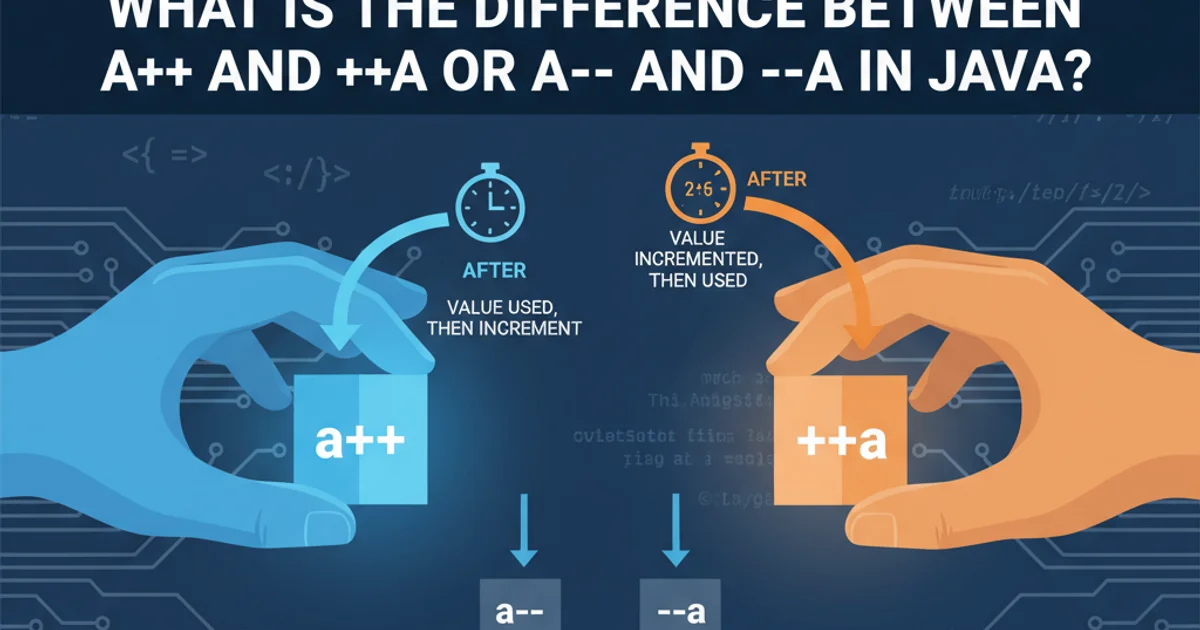Methods like ord and chr from Python
Categories:
Understanding Python's ord() and chr() for Character-Integer Conversions

Explore Python's built-in ord() and chr() functions, essential tools for converting between characters and their Unicode integer representations. Learn their applications, limitations, and how they facilitate various programming tasks.
In Python, working with characters often involves understanding their underlying numerical representations. This is where the ord() and chr() functions become indispensable. These built-in functions provide a straightforward way to convert a single character into its corresponding Unicode integer value and vice-versa. This article delves into the mechanics of ord() and chr(), demonstrating their utility with practical examples and highlighting common use cases.
The ord() Function: Character to Integer
The ord() function (short for 'ordinal') takes a single character as input and returns its corresponding Unicode code point as an integer. Each character in the Unicode standard has a unique integer value, and ord() allows you to retrieve this value. This is particularly useful when you need to perform numerical operations on characters, compare them based on their ASCII/Unicode order, or work with systems that expect integer representations of characters.
print(ord('A')) # Output: 65
print(ord('a')) # Output: 97
print(ord('€')) # Output: 8364
print(ord('1')) # Output: 49
Examples of using ord() with different characters.
ord() expects a single character string. Passing an empty string or a string with multiple characters will result in a TypeError.The chr() Function: Integer to Character
Conversely, the chr() function (short for 'character') performs the reverse operation: it takes an integer representing a Unicode code point and returns the corresponding character. This function is crucial when you have a numerical value and need to display or use its character equivalent. It's commonly used in scenarios like generating characters within a specific range, decoding byte sequences, or constructing strings from numerical data.
print(chr(65)) # Output: 'A'
print(chr(97)) # Output: 'a'
print(chr(8364)) # Output: '€'
print(chr(49)) # Output: '1'
Examples of using chr() to convert integers back to characters.
chr() must be a valid Unicode code point. If the integer is outside the valid range (0 to 1,114,111), a ValueError will be raised.How ord() and chr() Relate to Unicode
Both ord() and chr() operate based on the Unicode standard. Unicode is a character encoding standard that assigns a unique number (code point) to every character across all languages and scripts. Previously, ASCII was widely used, which only covered English characters and some symbols. Unicode is a superset of ASCII, meaning the ASCII characters have the same code points in Unicode. This relationship is fundamental to understanding how these functions work across different character sets.
flowchart TD
A["Character (e.g., 'A')"] -->|ord()| B["Unicode Code Point (e.g., 65)"]
B -->|chr()| AThe bidirectional relationship between characters and Unicode code points via ord() and chr().
Practical Applications
The ord() and chr() functions have numerous practical applications in Python programming:
- Character Manipulation: Shifting characters (e.g., Caesar cipher), checking if a character is uppercase/lowercase by comparing its code point range.
- Data Encoding/Decoding: While not directly for full string encoding, they are building blocks for understanding how characters are represented numerically, which is crucial in byte-level operations.
- Generating Character Sequences: Easily create sequences of characters, such as all uppercase letters or a range of symbols.
- Input Validation: Checking if an input character falls within an expected numerical range.
# Example: Simple Caesar Cipher shift
def caesar_cipher(text, shift):
result = ""
for char in text:
if 'a' <= char <= 'z':
start = ord('a')
shifted_ord = (ord(char) - start + shift) % 26 + start
result += chr(shifted_ord)
elif 'A' <= char <= 'Z':
start = ord('A')
shifted_ord = (ord(char) - start + shift) % 26 + start
result += chr(shifted_ord)
else:
result += char
return result
print(caesar_cipher("Hello World", 3)) # Output: 'Khoor Zruog'
# Example: Generating a sequence of uppercase letters
uppercase_letters = [chr(i) for i in range(ord('A'), ord('Z') + 1)]
print(uppercase_letters) # Output: ['A', 'B', 'C', ..., 'Z']
Practical examples demonstrating character manipulation and sequence generation.
While ord() and chr() are fundamental, it's important to note that they deal with single characters and their Unicode code points. For more complex string encoding and decoding (e.g., UTF-8, UTF-16), Python's string encode() and decode() methods are used, which handle entire strings and byte sequences.